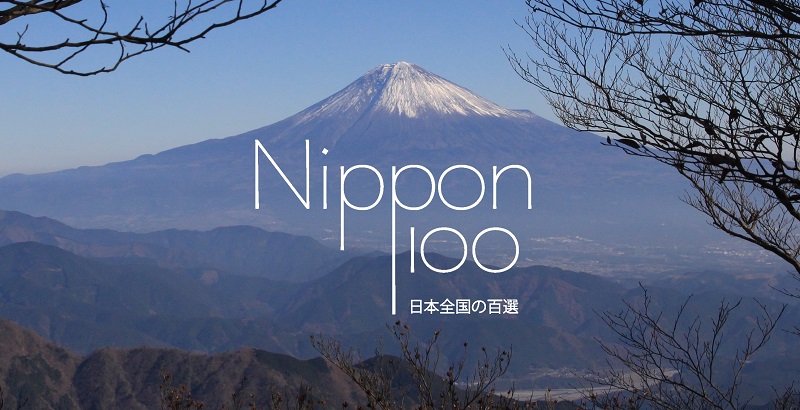Nagoya is not Japan’s most touristic city – the capital of Aichi prefecture even owns a pretty boring reputation! But Nagoya castle was one of the main in the country at the time it was built and a proof of the Tokugawa shogunate power. Burnt after WWII air raids, the largest castle of Japan was reconstructed in 1959. And will be restored soon.
Exploring the area around Nagoya castle (500 yens, everyday from 9am to 4:30pm) might be the perfect way to understand Japan’s History. Being that important during the first years of Edo Period, and with such a wide silhouette, the building is one of the hundred landscapes of Heisei Era. And a required step for Nippon100.

The building of the castle was the direct result of Tokugawa Ieyasu’s victory in Sekigahara in 1600. To ensure its power on the Owari region, the future first shogun of Edo Period had to built a strong fortress. The decision was finally taken in 1610 by the second shogun, Hidetada Tokugawa. Nagoya castle was achieved only two years later.
To achieve such a castle in that short period, the shogun cleverly had the main country lords competing. As a result, the work of each might still be noticed according to the marks on the many wall’s stone. Among the lords working on the castle, Kato Kiyomasa from Kyushu is quite famous as he was the builder of Kumamoto’s castle.
Nagoya castle was also built as an operating base for the siege of Osaka, the last bastion of the Toyotomi clan.

 |
 |
Nagoya castle is Japan’s largest and most massive one. When it was built, it was the second tallest, after Edo’s. It is still the second today, this time after the more recent Osaka’s one (being only 3m higher).
During Edo Period, the castle was the heart of a strong fortified town, along the Tokaido road from Edo to Kyoto. It was also situated on a junction with Minoji road linking to the Nakasendo, the other main road between the two cities. The surroundings are now home of many official buildings and parks.

 |
 |


According to Nagoya’s inhabitants, the castle and surroundings would be one of the most beautiful building complex of Japan, if not burnt in 1945, along with the Hommaru palace. The last, which was the shogun residence, is currently being rebuilt using the traditional knowledge. The building will be achieved in May 2018, after five years of work.
Visitors can actually discover the completed part of Hommaru, its luxurious architecture and highly decorated sliding doors (with tiger-leopard family paintings, as Edo Japanese were thinking the two felines were a couple).

 |
 |
How to get there?
Nagoya is easy to reach from Tokyo using the Tokaido Shinkansen (less than 2 hours for about 10000 yens, included in JR pass). Several subway stations are not too far away from Nagoya castle: the closest are Sengen-cho (Tsurumai line) and Shiyakusho (Meijo line) about 15 minutes walking from the entrance.






